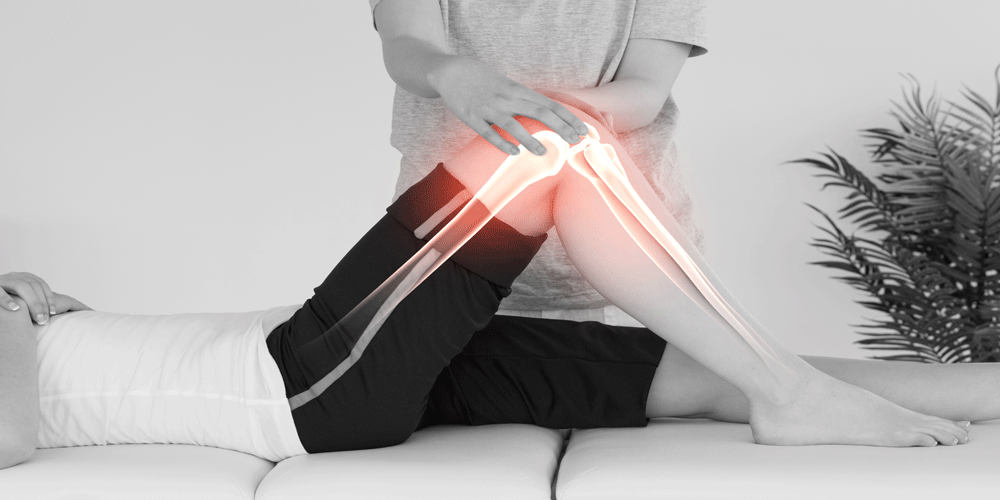The 1st Step Towards Effective Treatment
Understanding injury diagnosis is crucial for anyone seeking effective treatment, especially for those dealing with sports or activity-related issues. Injury diagnosis services form the foundation of recovery, offering a comprehensive physical assessment that identifies the root cause of pain or dysfunction.
During an injury evaluation, specialists use various methods, including diagnostic imaging such as X-rays and MRIs, to determine the nature and extent of the injury. This process ensures accuracy and clarity, providing the insights needed to design the right treatment plan.
For both athletes and active individuals, accurate sports injury diagnosis is not only key for addressing immediate discomfort but also for creating long-term recovery strategies. By investing in thorough diagnostic services, patients take the first step toward tailored care that speeds up healing and builds confidence in returning to regular activities.
The Importance of Tailored Rehabilitation Plans for Optimal Recovery
Every injury is unique, which means recovery should be too. Tailored rehabilitation plans are essential for achieving optimal outcomes after an injury. Unlike one-size-fits-all approaches, personalised programmes take into account a person’s specific goals, lifestyle, and challenges.
A well-structured recovery plan may include strength-building exercises, mobility work, pain management strategies, and progressive functional training. By focusing on the individual rather than a generic method, tailored strategies ensure that each stage of healing is purposeful and effective.
Beyond physical recovery, a customised approach also boosts mental well-being—instilling confidence, motivation, and a clear roadmap toward regaining full health. For anyone recovering from an injury, prioritising a tailored rehabilitation plan is a powerful step toward lasting results.
Common Techniques Used in Injury Diagnosis and Rehabilitation
Injury diagnosis and recovery involve a range of proven techniques, each designed to address different aspects of healing.
- Manual therapy techniques: Hands-on methods that reduce pain, restore mobility, and ease muscle or joint tension.
- Exercise therapy: Targeted movements that strengthen affected areas, restore function, and help prevent future injuries.
- Ultrasound therapy: The use of sound waves to stimulate tissue repair, reduce inflammation, and support healing at a deeper level.
- Electrotherapy methods: Treatments like TENS (Transcutaneous Electrical Nerve Stimulation), which help relieve pain and promote muscle activation.
- Functional training exercises: Movement-based training that prepares individuals for real-life activities or sports, ensuring they return stronger and more resilient.
Together, these techniques provide a holistic framework for recovery—addressing immediate issues while also building long-term strength and stability.
How to Choose the Right Injury Diagnosis and Rehabilitation Provider
Selecting the right provider for injury diagnosis and rehabilitation can make all the difference in your recovery journey. Start by searching for an “injury rehabilitation clinic near me” to explore local options. From there, evaluate the expertise and qualifications of the professionals you’re considering. Look for providers with strong credentials, advanced training, and proven experience in managing a wide range of injuries.
Equally important are patient reviews—firsthand experiences from others can reveal valuable insights into the quality of care, communication, and outcomes you can expect. A provider with consistently positive feedback is more likely to deliver treatment that’s both effective and personalised.
By taking these steps, you can confidently choose a partner in recovery who understands your needs and provides the support necessary for a safe and successful return to health.
The Role of Technology in Modern Injury Diagnosis and Rehabilitation
Technology is reshaping the way injuries are diagnosed and managed. Today’s recovery process often integrates digital health solutions that make care more accessible and precise.
Telehealth treatment options allow patients to connect with specialists from the comfort of home, ensuring ongoing guidance and progress tracking. Meanwhile, wearable technology offers real-time feedback on movement, posture, and activity levels, helping both patients and providers monitor progress more effectively.
These innovations make injury management more proactive, efficient, and personalised—enhancing outcomes while improving convenience for patients.
Take Charge of Your Health with Expert Injury Diagnosis and Rehabilitation Services
Prioritising accurate injury diagnosis and a personalised rehabilitation plan is the key to achieving a full and lasting recovery. From advanced diagnostic tools to tailored recovery strategies and technology-driven solutions, today’s services empower individuals to take control of their health journey.
By choosing expert providers and embracing a comprehensive treatment approach, you can recover more effectively, prevent future setbacks, and return to the activities you love with confidence.



